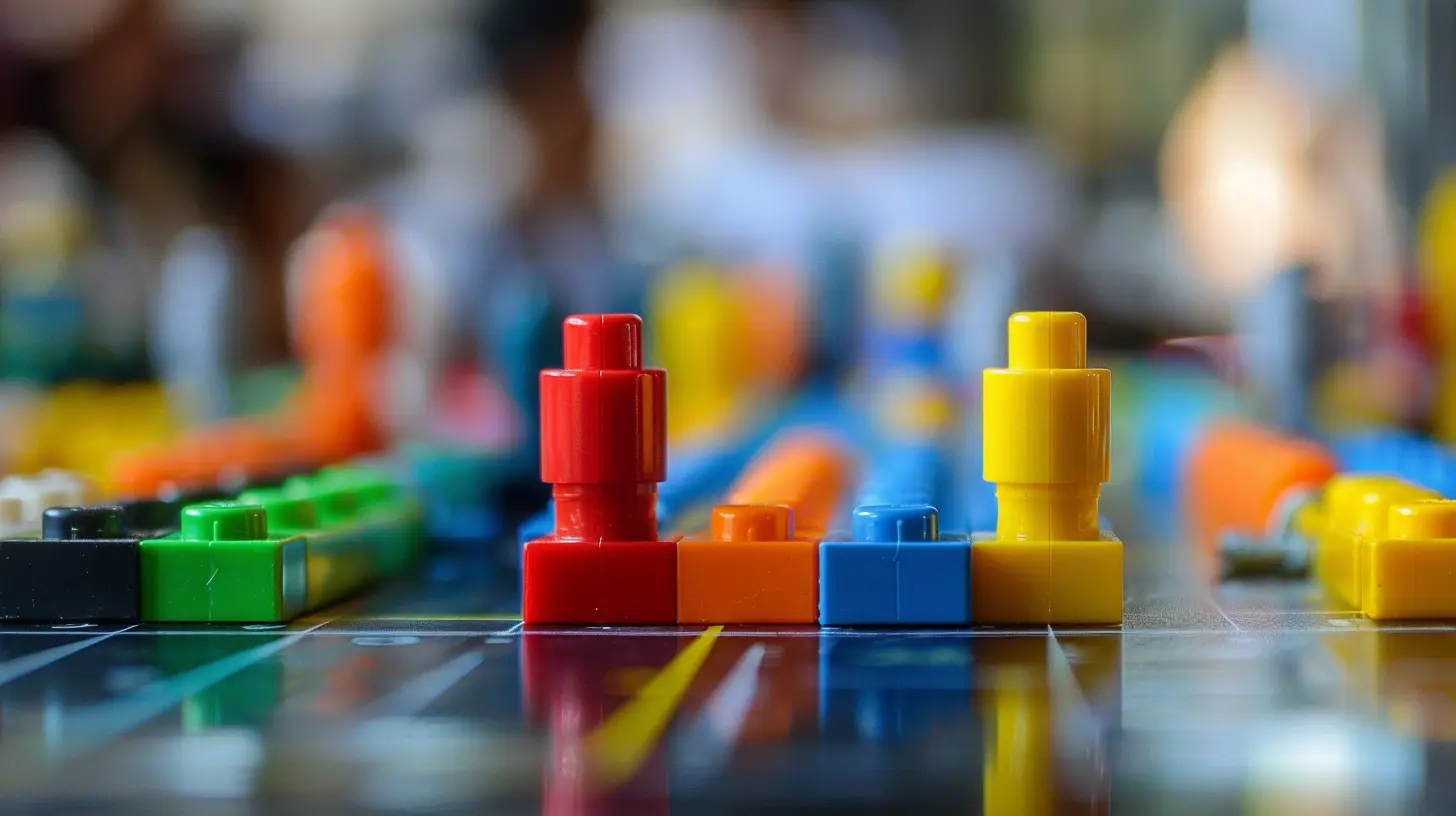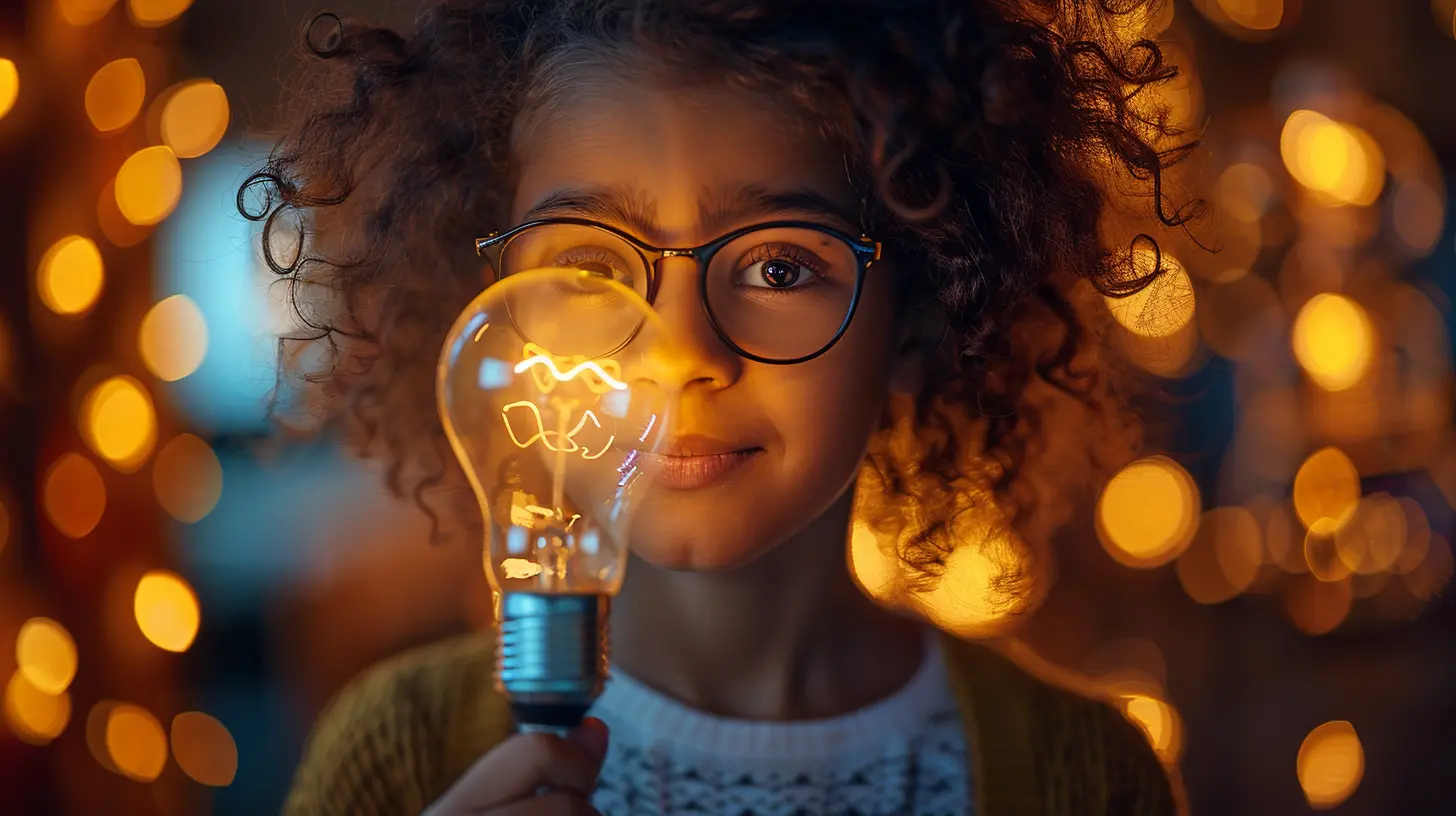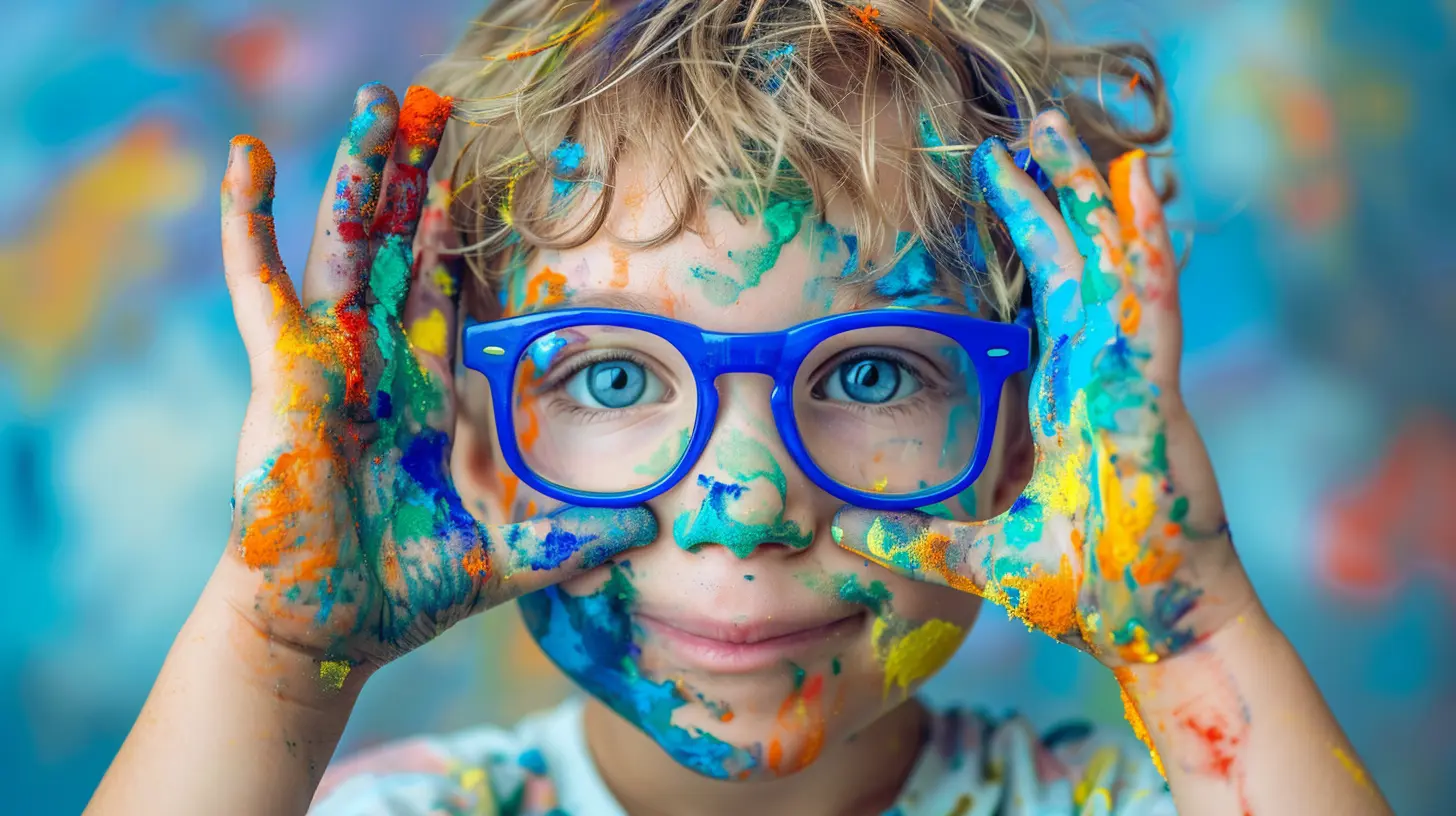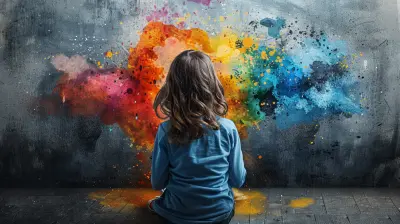Unlocking Creativity Through Project-Based Learning
7 October 2025
In today’s fast-paced, ever-evolving world, creativity has become one of the most valuable skills a person can possess. Whether you’re an artist, engineer, teacher, or entrepreneur, the ability to think outside the box is essential. But here's the thing: creativity isn’t something that can always be taught in a traditional classroom setting. So, how can we help students unleash their creative potential? Enter Project-Based Learning (PBL), a dynamic approach to education that encourages hands-on learning, problem-solving, and innovation.
But what exactly is Project-Based Learning, and how can it unlock creativity in students? Let’s dive in and explore how this innovative teaching method is not just about ticking off tasks but about fostering a mindset that can change the way students approach learning—and life.
What is Project-Based Learning?
Before we get into the nitty-gritty of how PBL boosts creativity, let’s first define what Project-Based Learning actually is. In a nutshell, it’s a student-centered teaching method where learners gain knowledge and skills by working on a project over an extended period of time. Instead of passively receiving information from a textbook or lecture, students actively engage in solving real-world problems or answering complex questions.Think of it like this: instead of merely learning about renewable energy sources from a book, students might design a model of a sustainable city that uses solar and wind power. By doing so, they’re not just absorbing facts—they’re applying them in meaningful ways.
The Core Elements of PBL
At its core, PBL revolves around a few key elements:- Real-World Relevance: The project should address a real-world issue that students care about.
- Inquiry and Problem-Solving: Students must ask questions, investigate, and come up with their own solutions.
- Collaboration: PBL often involves teamwork, encouraging students to share ideas and work together.
- Reflection: After completing the project, students reflect on what they’ve learned and how they could improve next time.
Now that we’ve got the basics covered, let’s discuss the fun part: how Project-Based Learning unlocks creativity!
How Project-Based Learning Unlocks Creativity
1. Encourages Divergent Thinking
One of the most important ways PBL fosters creativity is by encouraging divergent thinking. In contrast to traditional classroom tasks that often have one “right” answer, PBL projects are open-ended. This means there’s no single solution, and students are free to explore multiple possibilities.Imagine giving students a challenge like designing a prototype for a new app that solves a community problem. Some students might focus on a social issue, while others might tackle environmental concerns. There’s no limit to where their creativity can take them!
By allowing students to brainstorm and explore various solutions, PBL pushes them to think creatively and develop unique ideas. This is the kind of thinking that leads to innovation—whether in the classroom or the boardroom.
2. Hands-On, Engaged Learning
Let’s face it: sitting in a classroom listening to a lecture can only take you so far. Most of us learn best by doing. PBL flips the traditional education model by putting students in the driver’s seat. Instead of passively consuming information, they’re actively engaged in hands-on learning.For example, if a student is tasked with designing a sustainable garden, they’ll need to research plant biology, climate conditions, and water systems. But they won’t just read about it—they’ll experiment, test, and tweak their designs. This hands-on approach allows students to experiment and iterate, building their creative confidence along the way.
3. Promotes Risk-Taking and Learning from Failure
Here’s a truth bomb: Creativity thrives in environments where failure is considered part of the process. Think about some of the world’s greatest innovators—Thomas Edison, Steve Jobs, Elon Musk. They all failed. A lot. But they learned from those failures and came back stronger.PBL creates a safe space where students can take risks, experiment, and fail without fear of judgment. If a project doesn’t go as planned, that’s okay! In fact, it’s encouraged. Students learn to pivot, adapt, and find new solutions. This resilience is key to unlocking creative potential.
4. Collaboration Breeds Creativity
Ever heard the saying, “Two heads are better than one”? Well, in the case of PBL, sometimes five heads are better than one! Collaboration is a huge part of Project-Based Learning, and it’s one of the main reasons it’s so effective in fostering creativity.When students work in teams, they bounce ideas off each other, share perspectives, and combine their strengths. One student might be great at coding, while another excels at graphic design. Together, they can create something far more innovative than they could have on their own. Plus, learning to collaborate is a critical skill in today’s interconnected world.
5. Real-World Connections Inspire Innovation
Another reason PBL is such a creativity powerhouse is that it connects students to real-world issues. When students know that their project could have an impact beyond the classroom, they’re more motivated to think creatively and find solutions.For example, let’s say students are tasked with developing a marketing campaign for a local non-profit organization. They’re no longer just learning about marketing in theory—they’re using their creativity to help a real organization achieve its goals. This sense of purpose can ignite a student’s passion and lead to some incredibly innovative ideas.
Examples of Project-Based Learning in Action
Okay, we’ve covered the theory. Now let’s take a look at some real-world examples of how PBL can unlock creativity in the classroom.1. The Cardboard Challenge
Inspired by the short film “Caine’s Arcade”, the Cardboard Challenge is a global movement where students use cardboard and recycled materials to create games, inventions, and art. There are no limits—students are free to build whatever their imaginations can dream up.This challenge encourages students to think creatively about how everyday materials can be repurposed. It also promotes problem-solving, as students have to figure out how to make their designs functional.
2. Designing Solutions for Global Issues
Many schools are incorporating PBL into their science curriculum by having students develop solutions for global issues like climate change, food scarcity, or clean water access. These projects allow students to apply what they’ve learned in subjects like biology, chemistry, and environmental science in creative, real-world ways.For instance, one group of students might design a water filtration system that could be used in developing countries, while another group creates a vertical garden that maximizes space and minimizes water use.
3. Creating Documentaries or Podcasts
Here’s a project that taps into students’ creativity while also teaching valuable skills in storytelling, research, and media production. Students can create a documentary or podcast on a topic they’re passionate about, such as social justice, history, or the environment.This type of project allows students to explore different mediums of expression—writing, video editing, sound design—while diving deep into a subject they care about. The result? A unique and creative product that showcases their talents and hard work.
How Teachers Can Implement Project-Based Learning
So, are you ready to start unlocking creativity through PBL in your classroom (or encourage your school to adopt it)? Here are some tips to get started:1. Start Small
You don’t need to overhaul your entire curriculum in one go. Start with a small project that aligns with your existing lessons. For example, if you’re teaching a unit on geometry, challenge students to design a 3D model of a building using the principles they’ve learned.2. Provide Structure, But Let Students Lead
PBL is all about student autonomy, but that doesn’t mean there shouldn’t be structure. Provide a clear project brief with goals and deadlines, but let students take the lead on how they approach the project. Give them the freedom to explore different solutions and make their own decisions.3. Create a Culture of Reflection
After each project, encourage students to reflect on their experience. What did they learn? What went well? What could they improve next time? This reflection process is key to helping students develop their creative thinking skills.Conclusion: The Future of Learning is Creative
In an age where creativity is more important than ever, Project-Based Learning offers a way to unlock students' potential in ways traditional methods simply can’t. By encouraging divergent thinking, hands-on learning, collaboration, and real-world problem solving, PBL helps students develop the creative skills they’ll need to succeed in the 21st century.So whether you’re a teacher, parent, or student, it’s time to embrace the power of PBL. Who knows? You might just unlock the next great innovator in your classroom.
all images in this post were generated using AI tools
Category:
Project Based LearningAuthor:

Eva Barker
Discussion
rate this article
1 comments
Mercy Horne
This article beautifully highlights the transformative power of project-based learning in fostering creativity. Thank you!
October 21, 2025 at 12:48 PM

Eva Barker
Thank you for your kind words! I'm glad you found the article inspiring.


